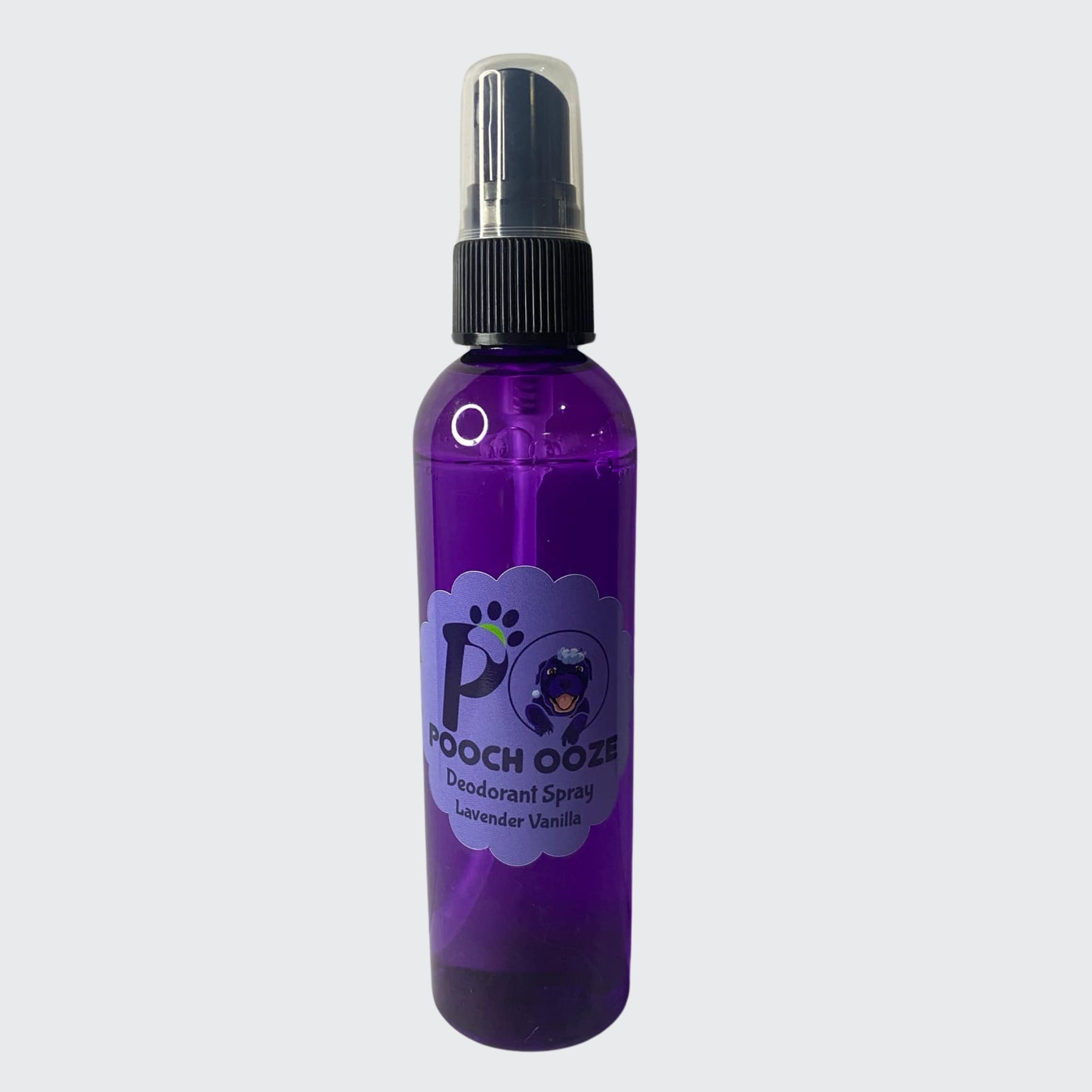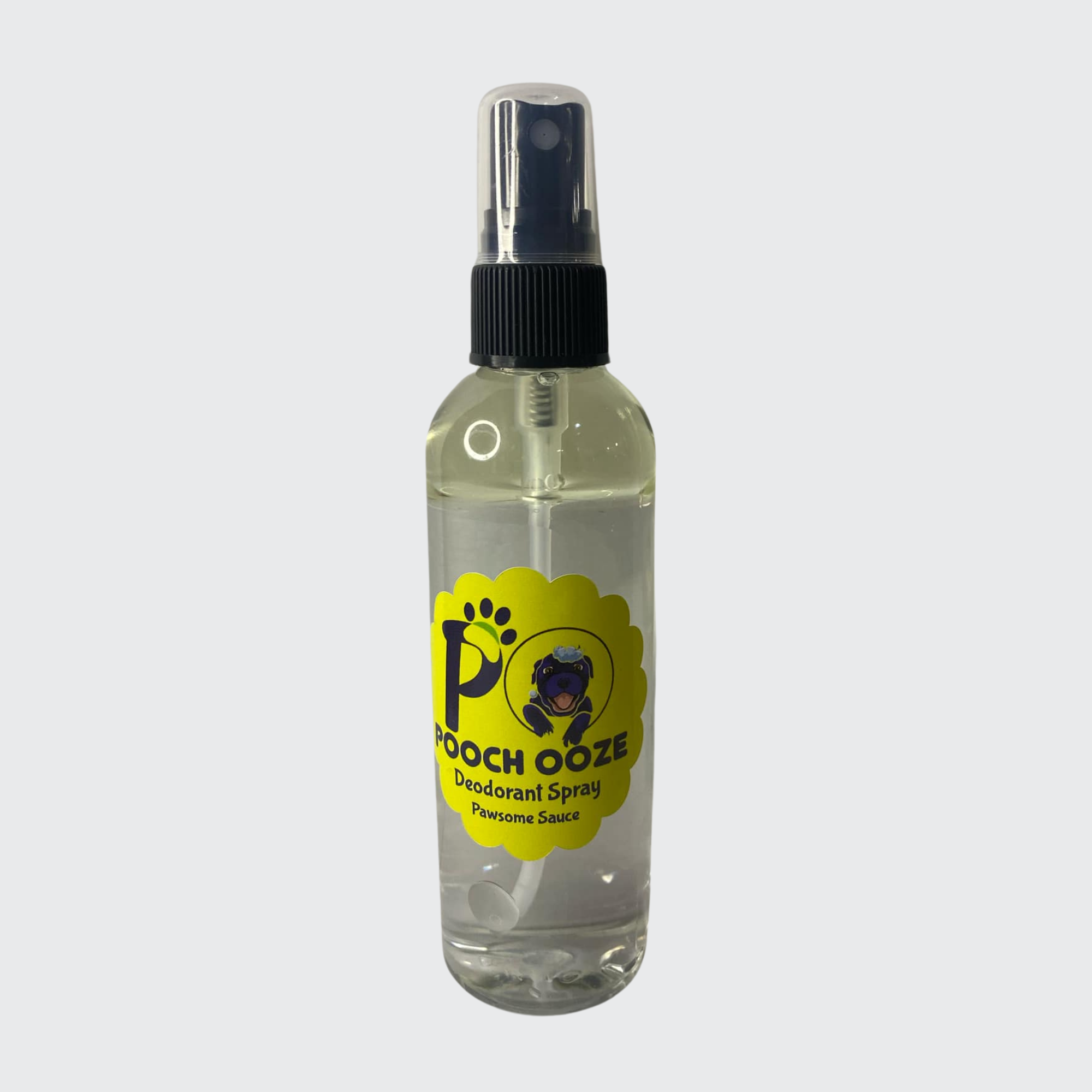Hot spots, also known as acute moist dermatitis or pyotraumatic dermatitis, are a common and painful skin condition in dogs. These red, inflamed lesions can appear quickly and contain pus or fluid, often accompanied by a foul odor. Hot spots can occur anywhere on a dog's body, but they are most commonly found on the head, legs, and hips. The condition is exacerbated by scratching, and it can spread rapidly if left untreated.
Fortunately, hot spots can be treated and even prevented with proper management. Prevention measures include keeping your dog's skin clean and dry, maintaining a healthy diet, and managing underlying conditions that can lead to itchiness, such as allergies or parasites.
If your dog does develop a hot spot, prompt treatment is essential to prevent the lesion from worsening and to alleviate your dog's discomfort. Treatment options include cleaning the affected area, shaving the surrounding fur, and administering medications, such as antibiotics or anti-inflammatory drugs.

What are Hot Spots on a Dog's Skin?
Skin areas that are red, inflamed, and moist are called hot spots. These can occur in dogs due to various reasons, such as poor hygiene, allergies, or insect bites. If left untreated, hot spots can cause pain for your furry friend and even lead to hair loss and infection.
What causes a hot spot?
Hot spots in dogs are typically the result of self-trauma, which occurs when a dog repeatedly scratches or bites an itchy area until it becomes a raw, open wound. Dogs can scratch for various reasons, but regardless of the cause, hot spots can be incredibly uncomfortable for them. The licking that typically follows only exacerbates the problem by irritating the sensitive nerve endings in the skin, leading to even more itching, licking, biting, and scratching. This vicious cycle of lick-itch-lick is what ultimately causes the self-inflicted trauma that produces hot spots.
One of the most alarming aspects of hot spots is how quickly they can grow in size. A pet owner may notice a small red spot on their dog in the morning and come home in the evening to find a large, raw lesion that resembles a pancake. This rapid growth is due to the fact that hot spots are incredibly inflammatory, and the constant licking and scratching only serves to worsen the condition.
If you notice your dog exhibiting signs of hot spots, it's important to take action right away. This can involve a variety of steps, such as preventing your dog from licking the affected area, keeping the wound clean and dry, and administering medications to reduce inflammation and relieve itching. By addressing hot spots promptly, you can help your dog feel more comfortable and prevent the condition from worsening.
Symptoms of Hot Spots
Dogs may develop a skin condition known as hot spots, which can be mistaken for other skin ailments. It is crucial to consult a vet if you observe any changes in your furry friend's skin. Hot spots are characterized by a localized, circular area of swelling, redness, and hair loss. These inflamed areas can occur anywhere on the dog's body, but they are typically found on the head, limbs, or hips.
The affected region may be wet, producing fluid or pus, leading to matting and crusting of hair around the wound. Hot spots cause severe itching and discomfort in dogs, prompting them to scratch, lick, or bite the area continually. Unfortunately, this cycle of itching and scratching worsens the condition, making it spread rapidly.
How are hot spots treated?
Acute moist dermatitis, also known as hot spots, is a prevalent skin problem in dogs that requires swift treatment. Dogs typically self-inflict hot spots by scratching or biting an itchy area, creating an open wound. These wounds are raw, inflamed, and painful, leading to more biting, licking, scratching, and itching, resulting in a vicious cycle that aggravates the condition.
To begin treating hot spots, it is crucial to stop the self-injury. Several methods can be used to prevent a dog from licking, biting, and scratching the area, including:
Elizabethan Collar (E-collar): A cone-shaped device that fits around a dog's neck, preventing them from accessing the affected area. E-collars come in various sizes, so selecting the appropriate size for your dog is crucial.
Bandages: Covering the affected area with bandages can prevent your dog from licking and scratching it. However, caution should be exercised when using bandages as they can become wet and worsen the condition.
Medications: Treatment options for pets may include the administration of certain drugs that can help alleviate inflammation, soothe irritation, and combat bacterial infections. Your veterinarian may prescribe antibiotics, corticosteroids, and antihistamines to address these concerns.
Topical treatments: Topical treatments can help soothe and heal the affected area. These may include sprays, ointments, or creams containing antiseptics, corticosteroids, or other active ingredients.
Clean and dry the area: It is essential to keep the affected area clean and dry to prevent further infection. Your veterinarian may recommend cleaning the area with mild antiseptic solutions or a gentle shampoo.
In severe cases, your dog may require sedation or general anesthesia to properly clean and treat the affected area. It is important to seek veterinary care promptly to prevent the hot spot from worsening.
Prevention is key to avoid future hot spots. Keep your dog's skin and coat clean and healthy by regularly grooming, bathing, and brushing their fur. If your dog has allergies, work with your veterinarian to manage their symptoms and prevent flare-ups. Finally, keep a close eye on your dog and address any signs of itching, redness, or irritation immediately.

How to Prevent Hot Spots on Your Dog's Skin
Regular Grooming: It's critical to give dogs regular grooming to avoid hot patches. Regular brushing helps remove loose hair from your dog's coat and fends off matting, which can cause hot spots. Also, cleaning your dog's skin with a mild, hypoallergenic shampoo might aid in removing dirt and bacteria. Frequent grooming also enables you to look for any indications of inflammation or hot spots on your dog's skin.
Keep Your Dog's Skin Dry: Moisture can lead to the emergence of hot spots, so it's critical to maintain dry skin on your dog. Make sure to completely dry your dog's coat with a towel after giving them a bath or taking them swimming. Use a blow dryer on a low setting if your dog has long hair to make sure their coat is totally dried. Pay close attention to places where moisture might collect and lead to the development of hot spots, such as the ears.
Treat Allergies: Dog hot spots are frequently brought on by allergies. Work with your vet to create a strategy to treat your dog's symptoms if they are prone to allergies. Testing for allergies, medication, or a specific diet may all be part of this. Preventing hot spots can be achieved in large part by recognizing and treating your dog's allergies.
Prevent Fleas and Ticks: Preventing fleas and ticks is important since they can itch and result in hot patches. To avoid these pests, use a preventive for fleas and ticks. Consult your veterinarian for advice on the best preventative for your dog because the breed and way of life of your pet may affect which products are the most effective. Hot areas can also be avoided by routinely inspecting your dog for fleas and ticks and eliminating them as soon as you find them.
Provide a Comfortable Environment: Stress and anxiety can also contribute to the development of hot spots in dogs. Make sure your dog has a comfortable, stress-free environment with plenty of opportunities for exercise and play. Adequate exercise can help to reduce stress and anxiety in dogs, which can in turn help to prevent hot spots.
Address Health Issues: Certain health issues, such as ear infections or skin conditions, can contribute to the development of hot spots. If your dog has an underlying health issue, work with your veterinarian to develop a treatment plan. Addressing any underlying health issues can help to prevent hot spots from forming.
By following these tips, you can help prevent hot spots from forming on your dog's skin. Regular grooming, keeping your dog's skin dry, addressing allergies, preventing fleas and ticks, providing a comfortable environment, and addressing any underlying health issues are all important steps in preventing hot spots.
Conclusion
Hot spots can be uncomfortable and painful for your furry friend. Fortunately, there are steps you can take to prevent them from forming. Regular grooming, keeping your dog's skin dry, addressing allergies, preventing fleas and ticks, providing a comfortable environment, and addressing health issues are all important steps in preventing hot spots. By following these tips, you can help keep your dog's skin healthy and happy.
Don't forget to share this post with other dog owners who may find it helpful. And if you're interested in learning more about web technology, be sure to check out WebTechTips.co.uk, a great resource for all things tech, web, and gaming-related.



